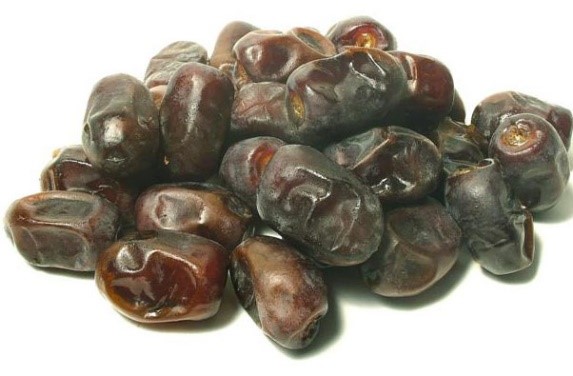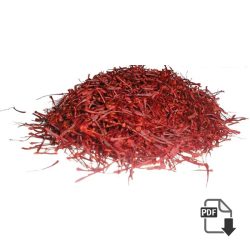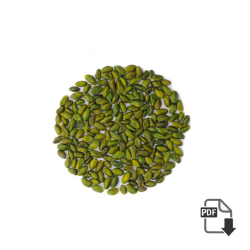Medicinal and non-food uses Please for more information or any inquiry click here …… Fresh or dried, apricots are an excellent health and beauty food. Three small fresh apricots contain more than 50% of the recommended daily intake (RDA) of beta-carotene, a potent antioxidant. Beta-carotene prevents the build-up of plaque deposits in the arteries, protects the eyes from sun damage, and deactivates free radicals that, if left unchecked, accelerate the...
Contribution to diet Apricot Most of the crop is not sold fresh; drying and canning are popular options for apricots since they are so perishable. Cultivars that retain their color and flavor during drying like ‘Royal' and ‘Tilton' are best for this market. Contribution to diet Apricot Apricot cultivation Dried apricots can be easily re-hydrated, and are particularly popular with backpackers. As with plums, drying concentrates all nutrients several-fold. Per...
Apricot cultivation The apricot is thought to have originated in northeastern China near the Russian border. In Armenia, it was known from ancient times. Apricot cultivation The Roman General Lucille’s (106-57 B.C.) even exported some trees, - cherry, white heart cherry, and apricot from Armenia to Europe. While English settlers brought the apricot to the English colonies in the New World, most of the modern American production of apricots came...
Apricot Fruit A drupe, about 1.5"-2.5" wide, with a prominent suture, yellow to orange ± red blush, having light pubescent or a nearly glabrous surface. Apricot Fruit Iran Apricot Manufacturer and supplier The pit is generally smooth, enclosing a single seed. The fresh color is mostly orange, but a few white-fleshed cultivars exist. Trees are fairly precocious, and begin fruiting in their second year, but substantial bearing does not begin...
History of cultivation apricot The center of diversity of the apricot is northeastern China near the Russian border. From there it spread west throughout central Asia. History of cultivation apricot Cultivation in China dates back 3000 years. The Romans introduced apricots to Europe in 70-60 BC through Greece and Italy. Agricultural Marketing Resource Center Apricots probably moved to the US through English settlers on the East Coast, and Spanish Missionaries...
Saffron Tea Tea is sometimes referred to as an infusion or "steeping" saffron. This is exactly the same principle you use in making any tea - the longer the saffron steeps, the stronger its flavor, aroma, and color. Where saffron preparation differs from tea is that you can release saffron effectively in a hot liquid such as water, broth, or milk or in room temperature white wine, vodka, rosewater, orange...
Saffron Cake Delight: Elevate Your Moments with Exquisite Flavors Cornish saffron cake is made to celebrate Easter. Saffron corms were traded in exchange for tin, with seafaring Phoenicians. The saffron was bought and sold in Drachmas. Saffron Cake Russians also make a cake at Easter called Kulich. Where a little saffron and raisins, chopped nuts, and candied fruit are added to a normal pound cake mixture. Iranian Saffron Cake Indulge...
Saffron Medicinal use Saffron Medicinal use : Saffron's traditional folkloric uses as an herbal medicine are legendary. It has been used for its carminative and emmenagogic properties, for example. Iranian used saffron to treat respiratory infections and disorders such as coughs and common colds,smallpox, cancer, hypoxia, and asthma. Other targets included blood disorders, insomnia, paralysis, heart diseases, flatulence, stomach upsets and disorders, gout, chronic uterine haemorrhage, dysmorrhea, amenorrhea, baby colic,...
Kashmiri and Iranian saffron comparison Kashmiri and Iranian saffron comparison : The main difference between Kashmiri and Iranian Saffron is that of the yield of Stigmas which is about 75%.The excess yield is due to the fact that the stigmas of saffron cultivated in Kashmir are extremely long and with a thick head. They are also of a deep red color. The size of the stigmas indicates the inherent suitability...
Chemical composition of saffron The main chemical components of saffron are responsible for its taste, aroma, and its color. Simplified crocin produces color, picrocrocin produces flavor and adrenal produces aroma.Chemical composition of saffron Please for more information or any inquiry click here …… Color The color of the saffron is a strong indication of the saffron's flavor. Color is due to the degradation or the breakdown of arytenoids, such as...

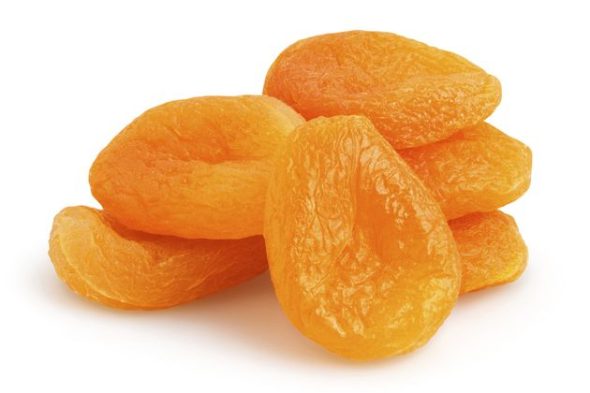
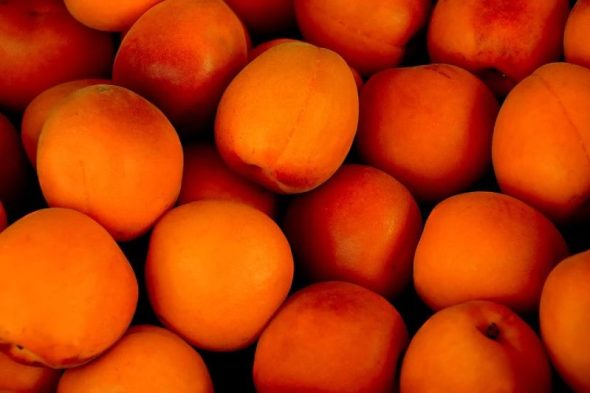
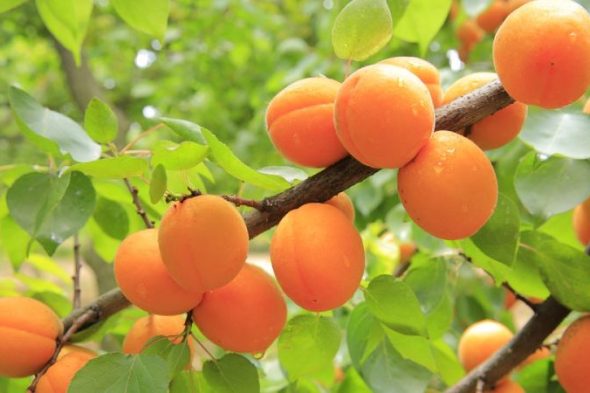
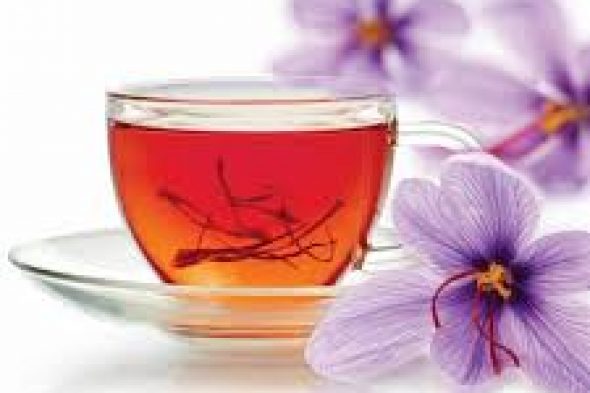
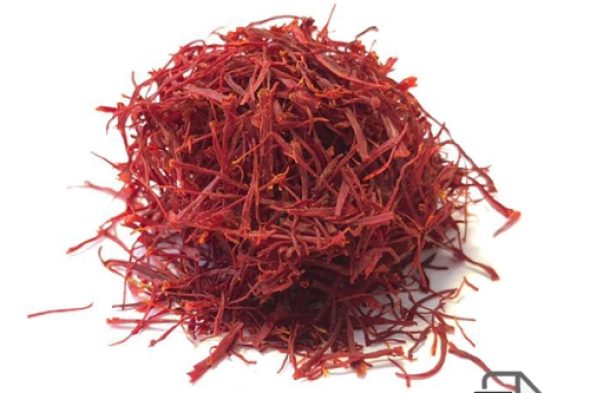
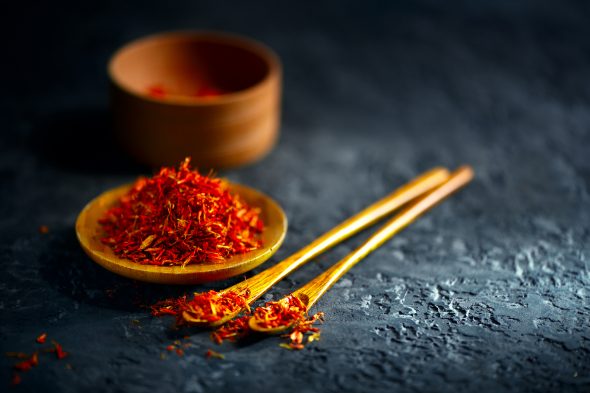
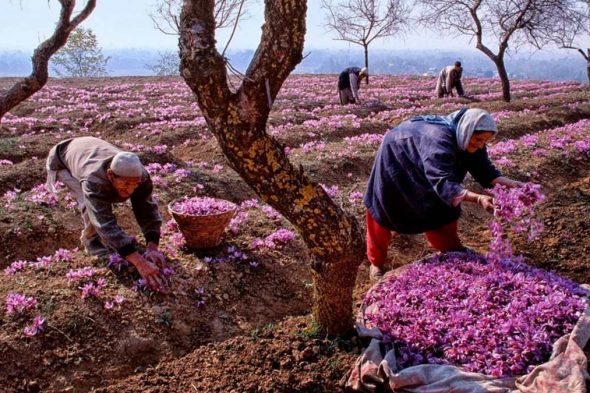
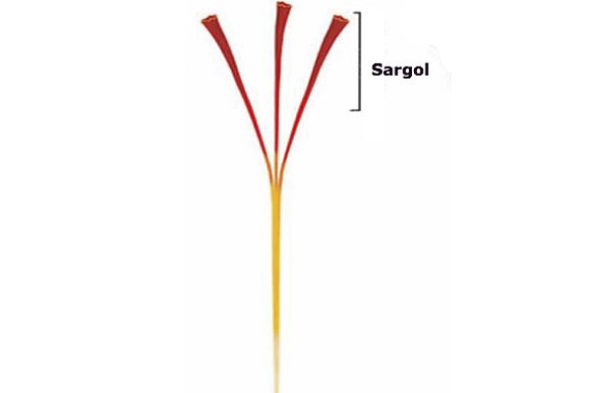
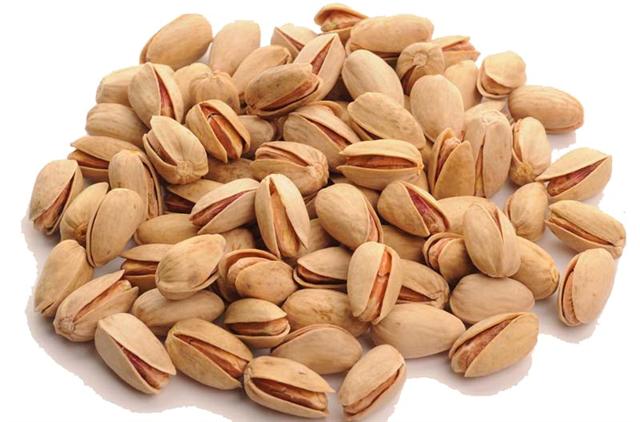
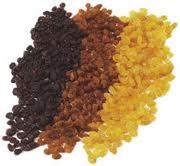 3 kind raisin
3 kind raisin 